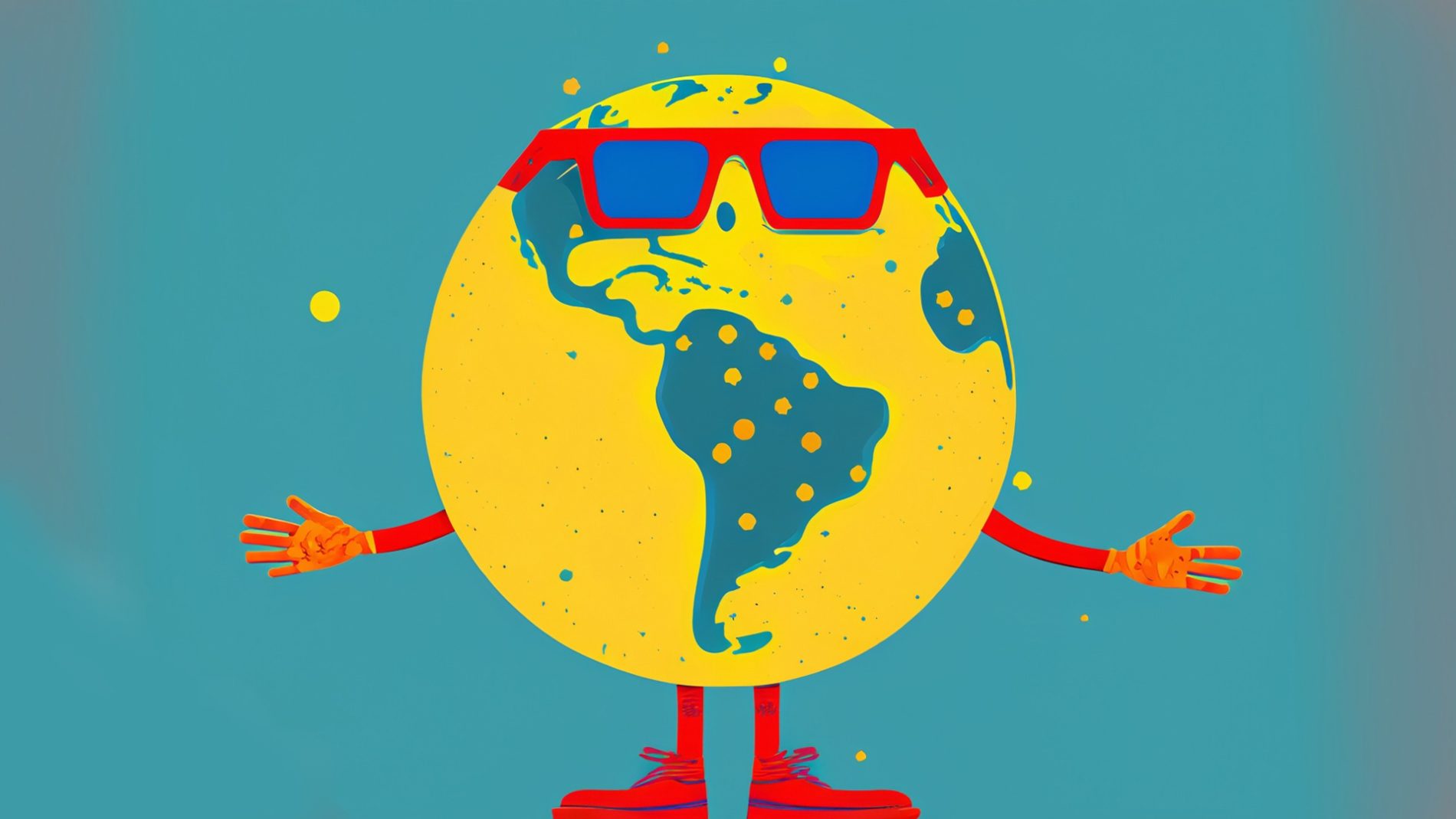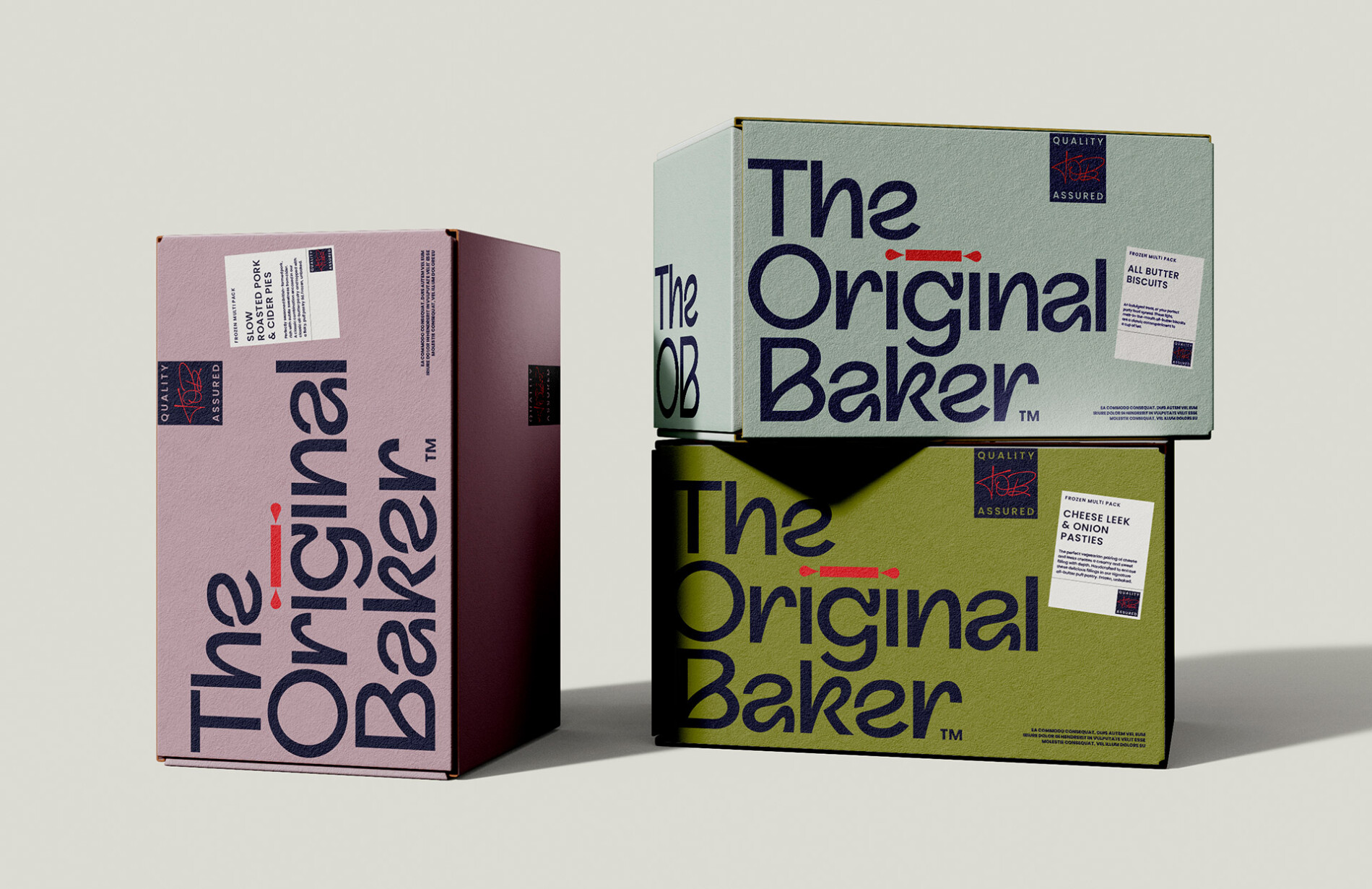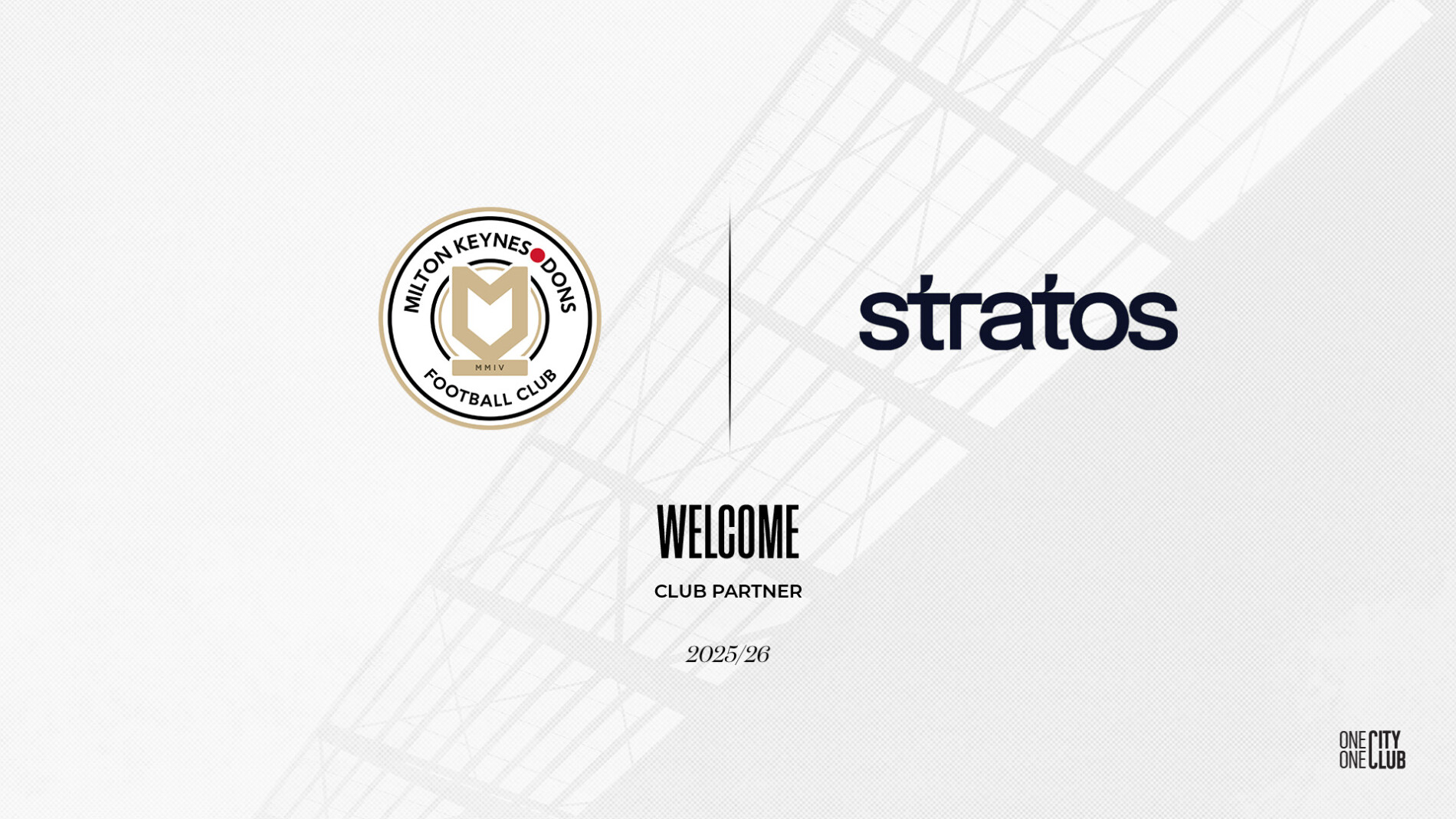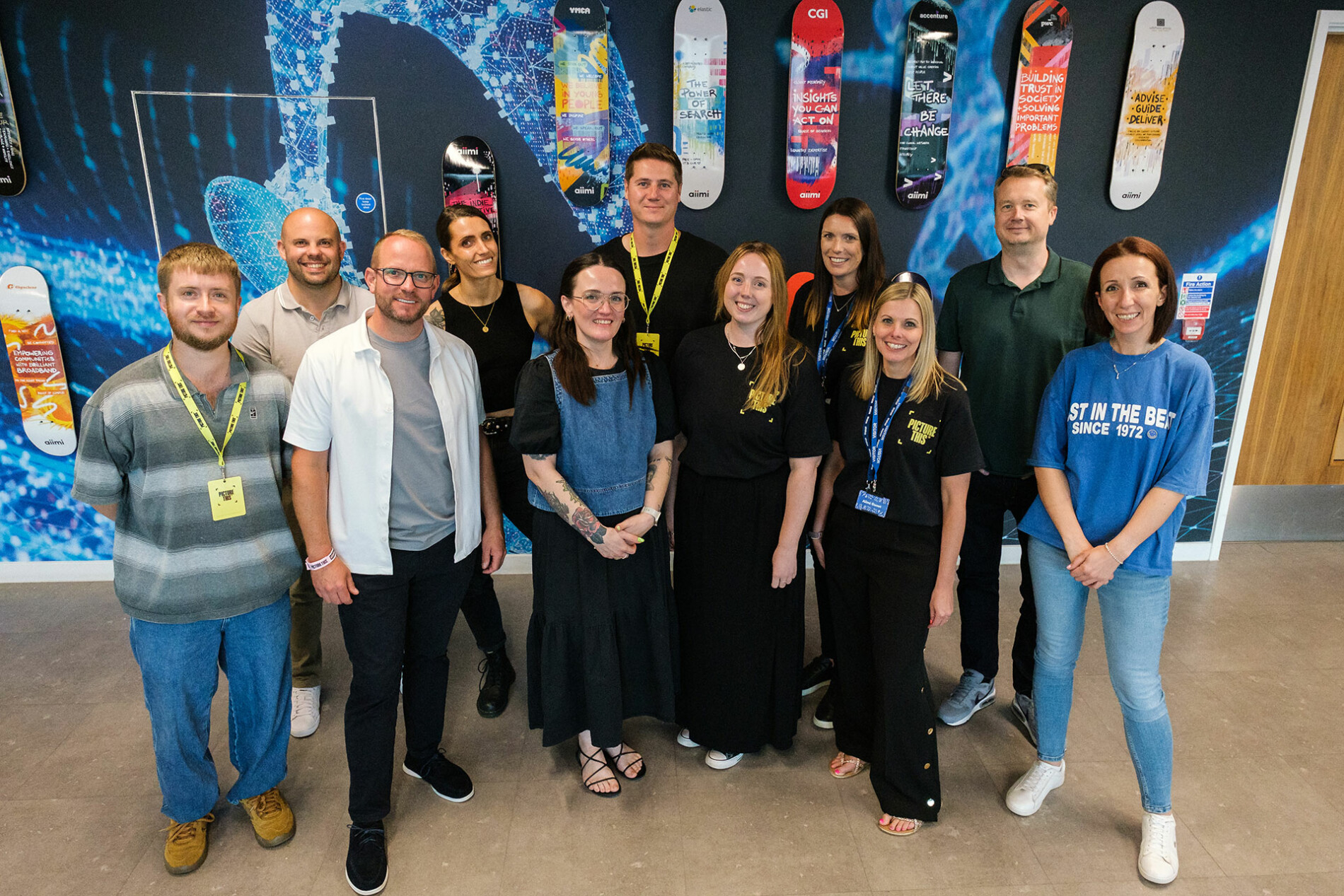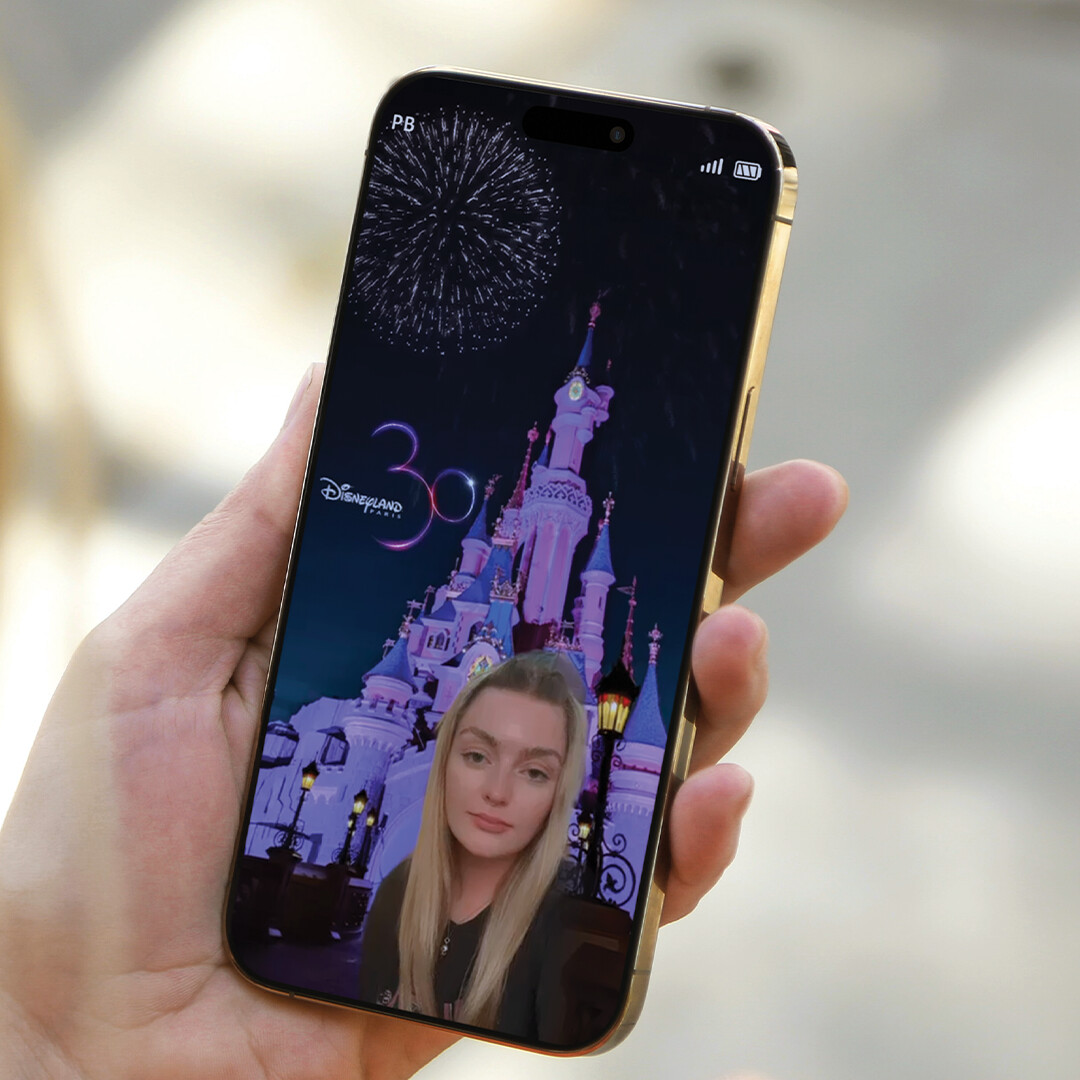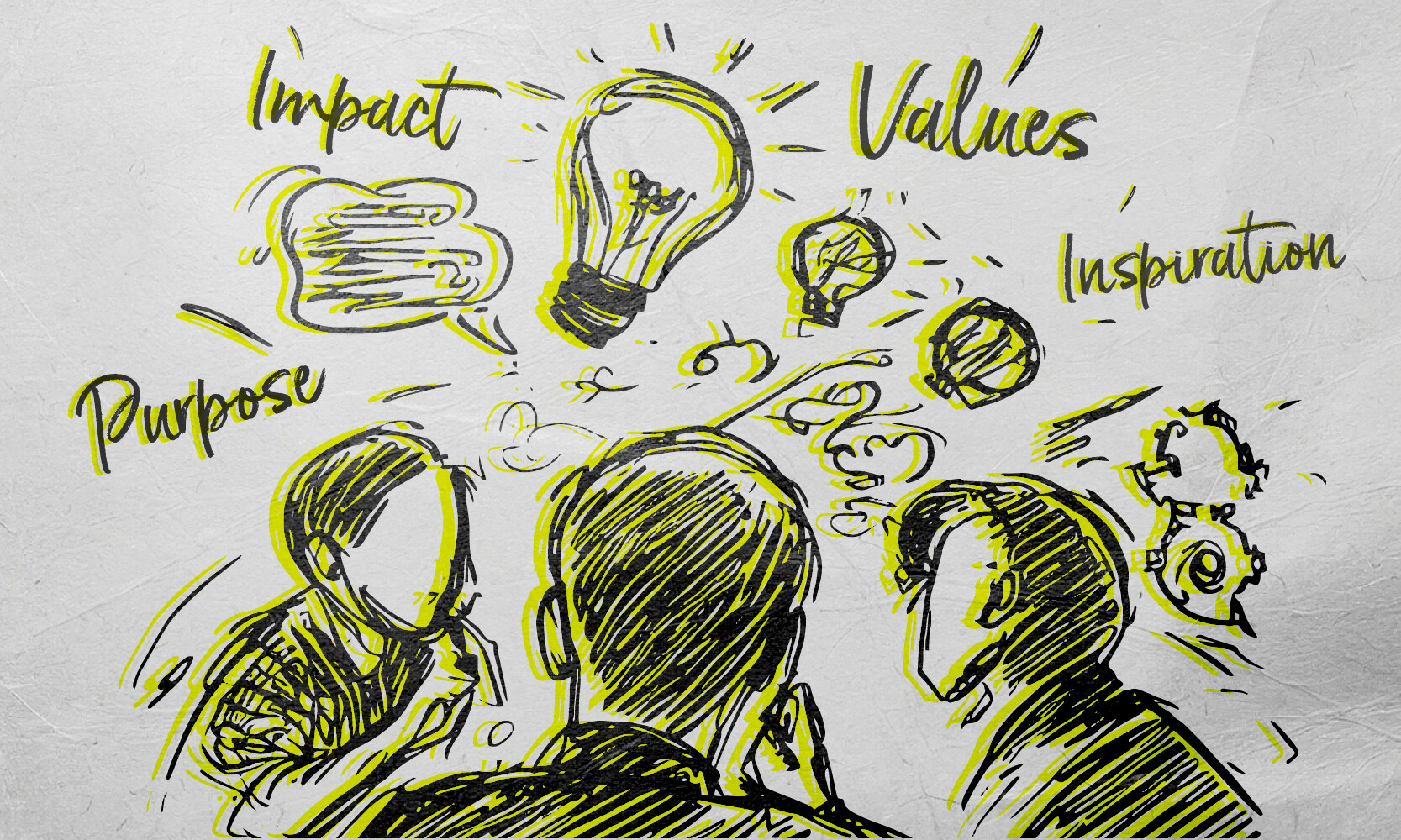We all know the importance of individually taking responsibility for the planet. We do what we can in our everyday lives to lower our carbon footprint and live in a more sustainable way. But we can’t do this alone. We need the brands we buy to match our intentions and lead the way to a sustainable future.
Most consumers are willing to change their shopping habits to be more environmentally conscious.
And it’s a cross-generational concern; Millennials are more likely to buy products that are ethically sourced, whilst Gen X are more likely to buy products that reduce their environmental impact. According to Forbes, 70% of Millennials will pay more for a brand that supports a cause they care about. And with a buying power of $2.45 trillion, that’s not a statistic to be ignored.
Sustainability-linked consumer products can grow 5.6 times faster. Sustainable Marketing is no longer a value add, but a key business driver.
What is Sustainable Marketing?
Sustainable Marketing and Green Marketing are different strategies.
Green Marketing promotes environmental awareness and protection.
Sustainable Marketing promotes environmental awareness and protection, along with social and economic issues.
Brands today need to meet the needs of their audiences without compromising the security and opportunities for future generations. That cannot be achieved without a good sustainable marketing strategy.
Sustainable Marketing Strategies
For sustainable marketing to work it needs to encompass the following objectives:
Have a larger purpose
Sustainable Marketing promotes the core values of a business; environmental wellness, human health, resource security, fair trade, and social equity.
A brand should focus on the area where it can make the biggest difference and have the most impact on its customer.
Put value ahead of profit
Yes, brands need to be profitable to survive. But they must consider people and the planet to be sustainable. The three P’s of the triple bottom line are; people, profit, and planet. According to the Harvard Business Review, sustainable businesses have greater risk management and innovation, which leads to better financial performance through larger profits, more cost savings, and improved efficiencies. Making sustainable marketing the key strategy will help your business thrive.
Be consumer oriented
Customers are looking for authenticity. Brands should be honest about their sustainability to avoid reputational damage. Don’t wait until you have achieved your net zero targets or your social change. Communicate the journey along the way. Your consumers want to be part of making that difference with you.
Examples of Great Strategic Marketing Campaigns
Ikea
In June 2018 Ikea announced it would phase out all single-use plastics from its stores and restaurants by 2020. In October 2018, Ikea unveiled a display in London’s Design Museum called ‘The Last Straw’. The display was indeed a plastic straw. The campaign called upon people to share the small steps they have made in their everyday lives that make a big difference. The campaign created a lot of buzz, drove home a key environmental message, and there wasn’t a ‘Billy bookcase’ in sight!
Levi
Levi has long been associated with a durable and classic style. Levi took their strong selling point and the thing that their customers love about their jeans, and made it a sustainable message with their ‘Buy better, wear longer’ campaign.
The campaign focused on sustainable fashion with Levi’s durability as the selling point, but also highlighted other ways the brand was becoming more sustainable.
Ariel
In 2006 Procter & Gamble created a huge behaviour change in their customers with the Ariel ‘Turn to 30’ campaign. They encouraged us all to wash our clothes at a lower temperature to reduce the impact our laundry was having on the planet. Ariel encouraged customers to sign their pledge website and created a sense of group mentality, and a stronger together feel.
DHL
In 2019 Coldplay announced they would not tour again unless it could have a positive environmental impact. In 2022 Coldplay took to the road again with a tour applauded for its innovative sustainable solutions DHL partnered with Coldplay and provided logistics for the tour using electric vehicles. DHL’s latest TV advertisement features a female driver in an electric DHL vehicle singing a Coldplay song, with images of Chris Martin performing the same song on stage fading in and out. The campaign highlights how brands can work together in a successful sustainable marketing campaign. We can all join forces for a cause.
Lacoste
Lacoste is famous for its crocodile emblem. The brand worked with the Save Our Species campaign and produced a limited number of polo shirts replacing their iconic croc with 10 threatened species. They also matched the number of shirts with the number of individual species left in the wild. Lacoste donated the proceeds directly to the preservation of each of the above species.
Examples of Bad Strategic Marketing Campaigns
For us to understand the success of a Sustainable Marketing campaign, we also need to look at those who’ve failed…
McDonald’s
McDonald’s replaced their single-use but recyclable straws, with single-use non-recyclable paper straws. And the fact the straws went soggy and often meant customers used two, doubling the waste. That’s 1.8 million straws a day in the UK that can’t be recycled. A lesson in looking at the alternative’s product life cycle and emissions before announcing it superior.
Huggies
Huggies were accused of jumping on the environmental bandwagon when they released their Pure & Natural range of nappies, which featured a small piece of organic cotton on the outside of the nappy, and raised the price. Lesson: make a meaningful change, or don’t bother.
Valspar
In an effort to be more ‘clean and natural’ Valspar paint removed an additive from their paint. However, the removal of the additive had allowed bacteria to grow, resulting in a smell customers described as cat pee. To get rid of it, rooms had to be completely redecorated, with Valspar footing the bill. The lesson is to take your time in getting your formula right, or you can do more harm than good.
Innocent
The Innocent brand had built its image on being natural and eco-friendly, even their name is wholesome. But their bottles were single-use plastics, and they are owned by Coca-Cola, which is one of the biggest plastic polluters in the world. The ASA banned their adverts for being misleading. This a classic example of ‘greenwashing’; a strategy that makes brands appear more sustainable and environmentally friendly than they really are.
Conclusion
Successful Sustainable Marketing can make an impact and change consumer behaviour.
And with consumer behaviour changing and expecting more from brands, it’s vital to have a Sustainable Marketing Strategy.
Marketing might not be able to save the planet on its own, but by working together with consumers and pushing each other to do better, we might just stand a chance.
Get in touch if you’re thinking about a sustainable marketing strategy and we can work with you to make it a reality.
